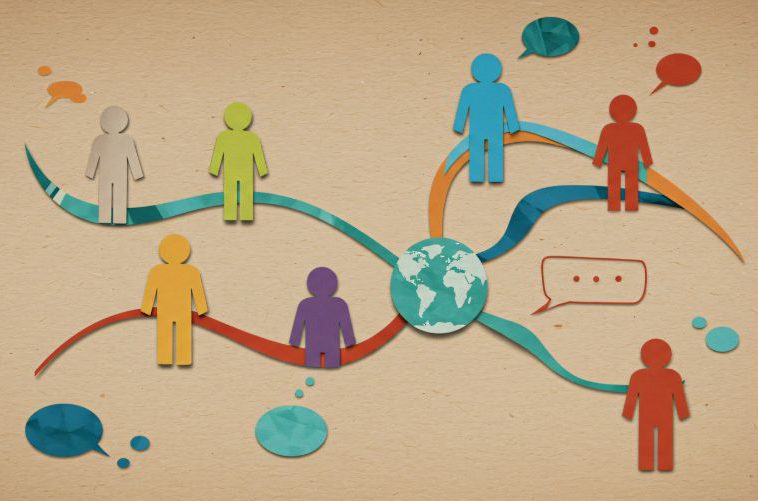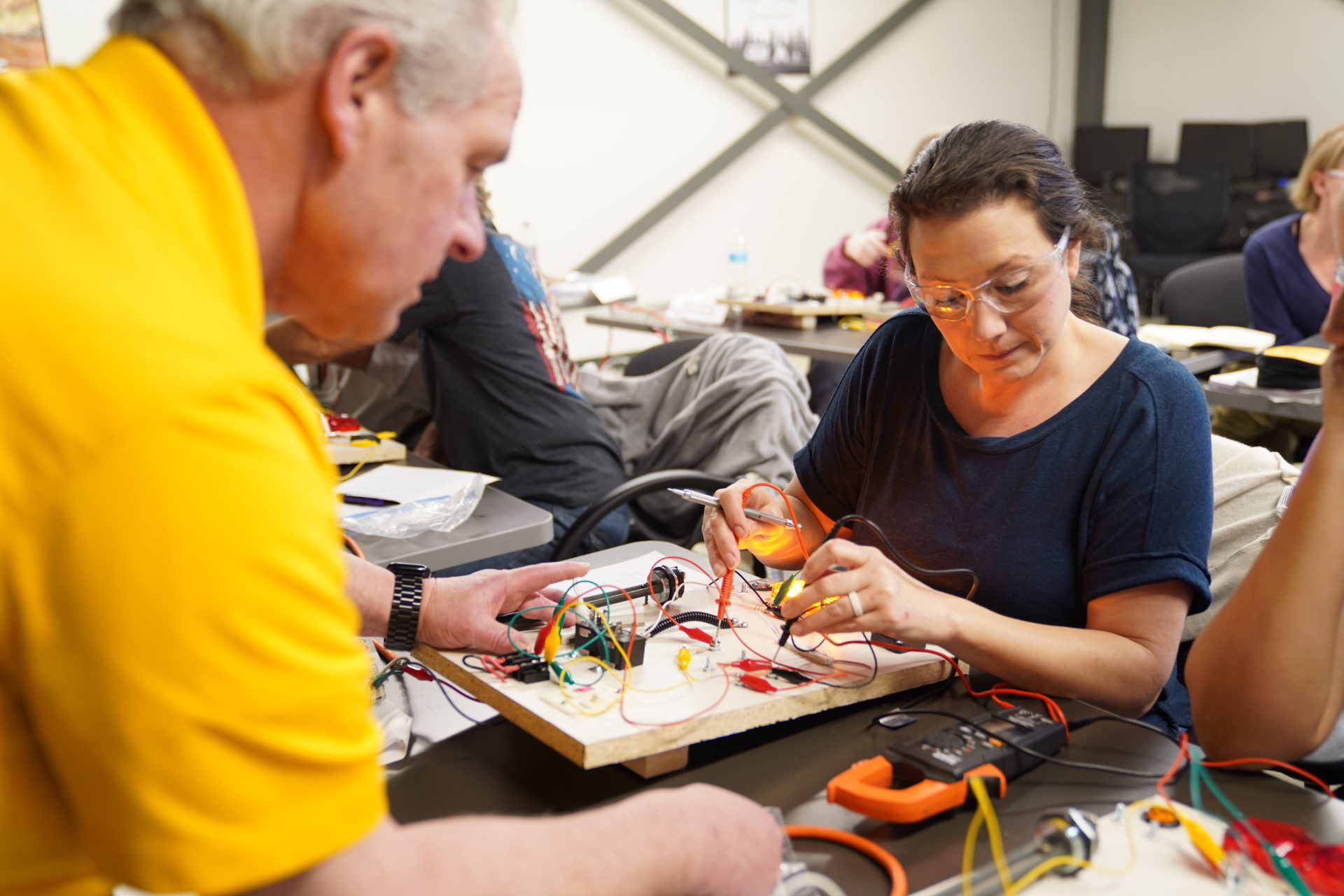
Therapeutic Programs: Learning the Language of DBT
Posted July 19, 2016, 1:00 pm by
When you are new to the world of teen therapeutic programs and schools, you have to learn a new language.
Acronyms, jargon, metaphors – they can all sound foreign and confusing when you have a teen struggling with mental health issues or addiction. In addition to learning about diagnoses and programs, you may also be hearing recommendations to specific therapeutic options for teenagers. But as someone unfamiliar with therapeutic jargon, how do you understand the recommendation? Or whether it is right for you or your family member?
Recently, dialectical behavioral therapy (DBT) has gained popularity. And rightly so. DBT holds a Level 1 rating of evidence (the highest) in treating adults with borderline personality disorder (BPD) and has proven effective in treating individuals across many other diagnoses as well.
But let’s start from the beginning.
What is DBT?
Dialectical behavioral therapy is a specific treatment method that uses a combination of a skills curriculum with individual and group therapy. DBT teaches skills such as regulating emotion, interpersonal effectiveness, distress tolerance and mindfulness. Then the client works in therapy to learn how to effectively use the skills. DBT is a specific form of cognitive behavioral therapy (CBT).
The goal of cognitive behavioral therapy is to change an individual’s patterns of thinking or behavior, in an effort to change the way they feel. CBT is typically a short-term and goal-oriented approach. There are many types of CBT, and DBT is one.
What is a dialectic?
A dialectic is when two truths can be held at the same time, even when they seem to be in opposition with each other.
-
I am trying my best, and I can do better.
-
I love you and I am really angry with you right now.
-
I do not want to be in treatment, and I can recognize that there are things I can gain.
-
This is a terrible day, and I can see there were moments of good.
Learning how to look at the world dialectically helps chronically depressed or suicidal clients find hope, and is one of the foundations of DBT.
Why is DBT so popular? Is it a fad?
Certainly, you should be wary of “fad” treatments. However, randomized, controlled research studies of DBT continue to show high levels of effectiveness in clients who do not respond well to other types of treatment. Having a DBT-trained clinician, a skills and therapeutic coaching component, and use of the DBT curriculum will help ensure that proper treatment is being delivered.
Where do I find out more about DBT?
Searching the internet for information can be daunting as it is hard to know where to find accurate information. Marsha Linehan, the founder of DBT, has many excellent resources. Start with her foundation’s website at www.linehaninstitute.org
Blog Categories
- Career Advice
- College Admissions
- Colleges & Universities
- Financial Aid and Scholarships
- For Counselors
- For Parents
- For Students
- Gap Years
- Mental Health and Wellness
- Online Learning
- Performing and Visual Arts
- STEM Majors and More
- Summer Programs
- Teen Volunteering
- Trade & Vocational Schools
- Tutoring & Test Prep

Organization with listings on TeenLife? Login here
Register for Free
We’re here to help you find your best-fit teen-centered academic and enrichment opportunities.
Forgot Password
"*" indicates required fields








